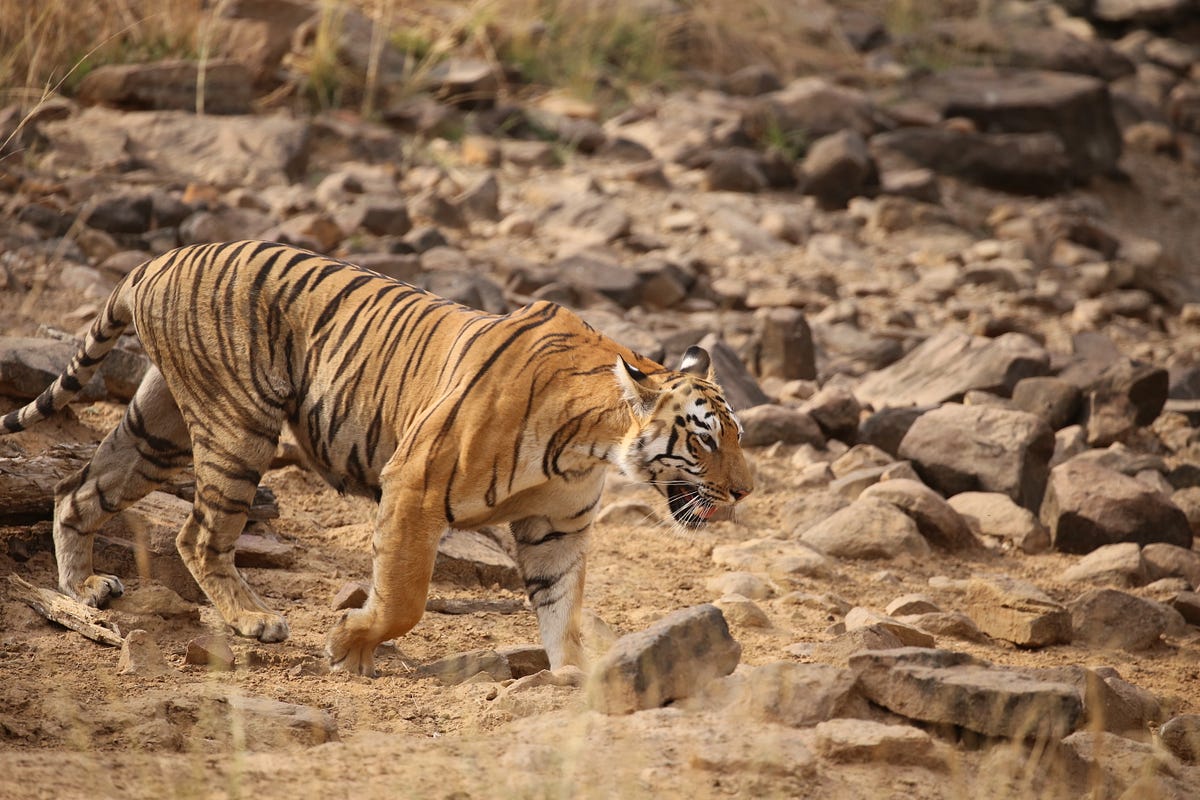How to Save a Tiger
USAID’s tiger champions work to protect big cats in Bangladesh, India, and Nepal
Tigers are among the world’s most charismatic species, presiding over the mangroves and rainforests of Asia with a regal presence. Throughout history, we have admired these incredible creatures. However, during the 20th century, tigers nearly went extinct due to human-wildlife conflict, poaching, and habitat loss.
When USAID began investing in tiger conservation in 2010, there were only 3,200 tigers in the wild. Working with partners, we have reached a population of 5,574 in 2023. Despite these gains, numerous threats to forests and ecosystems still exist and the tiger remains endangered. Every effort to conserve these majestic cats is as crucial as their role to regulate prey populations and maintain the balance of the entire food cycle.
On International Tiger Day, I want to celebrate the dedicated USAID tiger champions at our Missions in South Asia who work tirelessly to ensure these iconic animals thrive for generations to come.
In 2014, USAID Senior Technical Specialist Sumaiya Firoze managed USAID’s Bengal Tiger Conservation Activity, helping train Village Tiger Response Teams. The locally-led initiative is implemented by WildTeam, in partnership with the Smithsonian Institution, the Bangladesh Centre for Advanced Studies, and the Bangladesh Forest Department.
India is home to about 66 percent of the world’s wild tigers, according to 2023 estimates from the Global Tiger Forum.
USAID Project Management Specialist Soumitri Das’ interest in biodiversity conservation started with a field visit to Bandhavgarh Tiger Reserve in 1996 as part of his graduate studies. Later, he got an internship with the Biodiversity Conservation Prioritisation Project, which was funded by USAID.
Tiger Matters was Soumitri’s first project supporting big cats. USAID and the Wildlife Conservation Trust focused on the Central Indian Landscape, home to a large number of Indian tigers, and provided the resources to establish new tiger conservation areas, such as the Umred-Karhandla and Ghodazari wildlife sanctuaries.
Nepal
Thanks in part to USAID’s big cat conservation work over the last 14 years, the wild tiger population in Nepal has rebounded from a dangerously low 121 tigers in 2009 to 355 tigers in 2022. This success, nearly tripling its tiger population, far exceeded Nepal’s international commitment to double its wild tiger population by 2022.
USAID Environment Specialist Netra Sharma Sapkota is proud to have managed several tiger conservation programs in partnership with other organizations and the government of Nepal. Working across the traditional tiger range of the Terai protected areas, buffer zones, and community forests, Netra has led the efforts to improve park-community relations, boost livelihood opportunities, and combat poaching.
USAID’s tiger champions work to protect big cats in Bangladesh, India, and Nepal

medium.com






